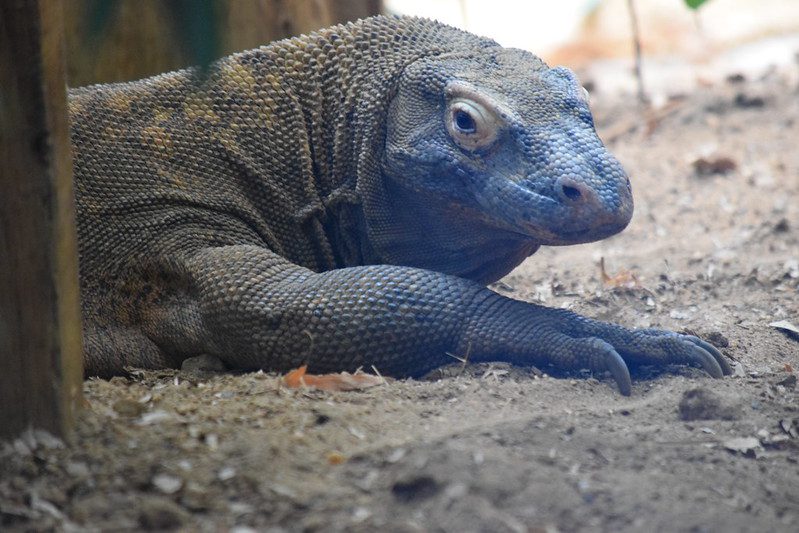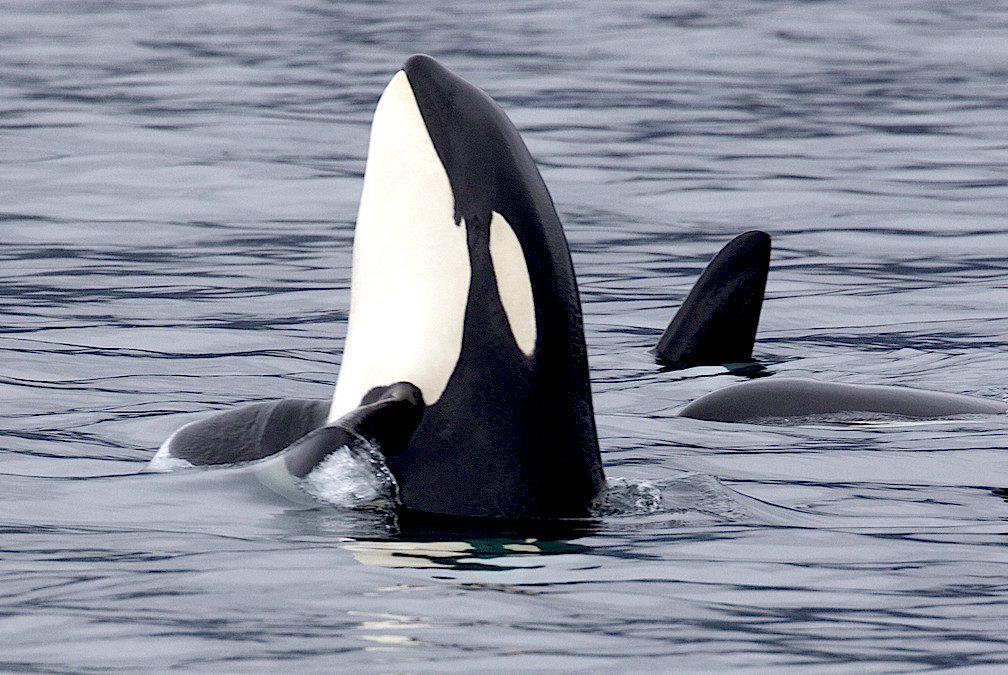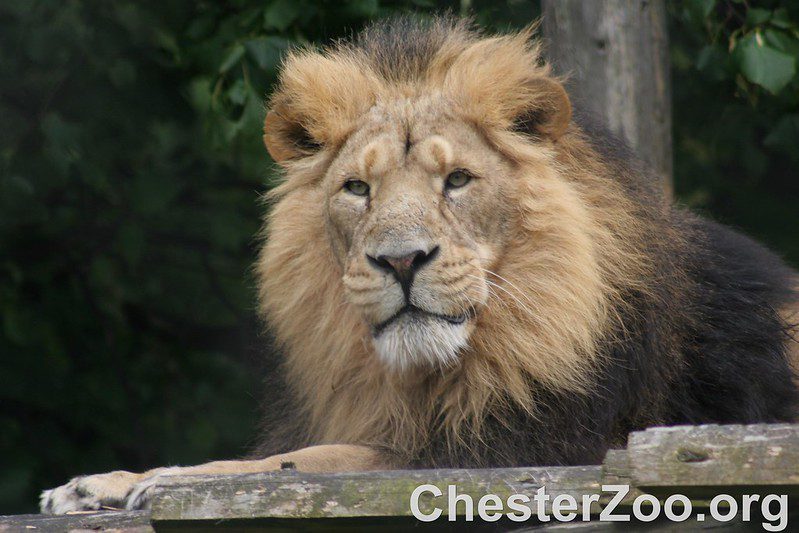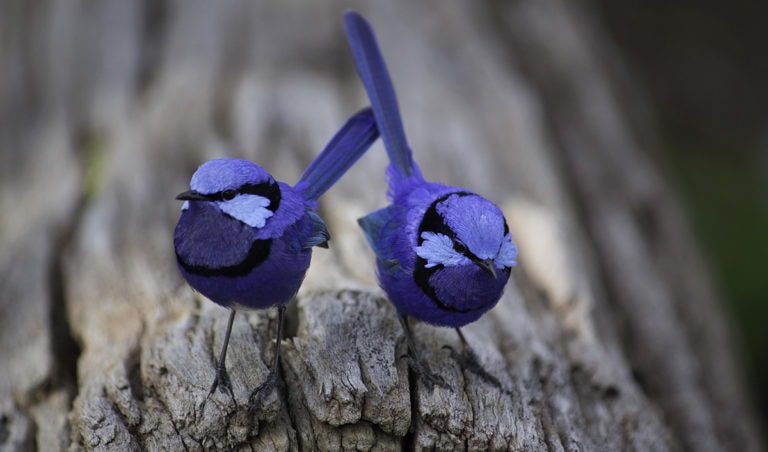
Apex predators hunting is a fascinating subject that offers insights into the complex world of nature’s most successful hunters. These animals have evolved unique strategies to capture their prey, ensuring their survival and maintaining balance within their ecosystems.
In this blog post, we will explore the remarkable hunting strategies of apex predators such as Komodo dragons, hyenas, African wild dogs and eagles to gain insights into their survival techniques.
We will also explore how these creatures adapt to challenges in the wild – from knowing when quitting is beneficial for survival to overcoming injuries by adjusting their tactics.
As we examine these incredible examples of Apex Predators Hunting prowess, you’ll discover valuable lessons from nature’s greatest predators on persistence, innovation, and teamwork. Join us as we uncover the secrets behind these magnificent creatures’ success in capturing elusive prey.
Apex Predators and Their Hunting Strategies
In the fascinating world of nature, apex predators sit at the top of their respective food chains. These incredible creatures have developed unique hunting strategies to catch their prey while minimizing risks to themselves. In this section, we delve into the tactics employed by various apex predators featured in a recent National Geographic documentary.
The Komodo Dragon’s Venomous Bite Strategy
Komodo dragons, native to Indonesia, are known for their powerful bite laced with venom that incapacitates prey quickly. The dragon will stalk its target patiently before delivering a single swift bite that injects toxins into the victim’s bloodstream. As the prey weakens from blood loss and infection caused by these toxins, it becomes easier for the Komodo dragon to finish off its meal.
Hyenas’ Cooperative Hunting Approach for Taking Down Large Prey
African hyenas are often portrayed as scavengers; however, they are also skilled hunters who work together cooperatively when taking down large prey like wildebeest or buffalo. A group of hyenas can communicate effectively using vocalizations and body language during hunts – ensuring all members stay coordinated throughout an attack on unsuspecting targets.
African Wild Dogs Using Teamwork and Relay Techniques
Another example of apex predators utilizing teamwork is the African wild dog. These highly social animals use relay techniques to exhaust their prey during a chase. One group of dogs will pursue the prey while another rests, then switch roles when needed. This strategy allows them to maintain high speeds over long distances, eventually tiring out their quarry.
Eagles Employing Aerial Attacks on Unsuspecting Targets
Raptors, like eagles, are known for their impressive aerial hunting skills. Eagles have incredible eyesight that enables them to spot potential prey from great heights. Once they’ve identified a target, they dive at breakneck speeds with talons extended – often catching unsuspecting victims off guard. Watch this amazing video of an eagle’s aerial attack in action.
Apex predators must constantly adapt to their environment and the changing conditions in order to hunt successfully. To gain insight into the resilience of apex predators, it is necessary to analyze their capability for adaptation in unpredictable environments.

Key Takeaway:
Apex predators like Komodo dragons, hyenas, African wild dogs and eagles have unique hunting strategies to catch their prey while minimizing risks. These incredible creatures use venomous bites, cooperative hunting approaches, teamwork and relay techniques as well as aerial attacks on unsuspecting targets to ensure a successful hunt.
Adapting to Challenges in the Wild
In this part of our exploration into apex predators and their hunting strategies, we discuss how these top predators adapt to the challenges they face during hunts. From learning when it’s time to quit a hunt due to energy expenditure or changing tactics based on experience or injury – these creatures showcase remarkable resilience and adaptability.
Knowing When Quitting is Beneficial for Survival
A key aspect of an apex predator’s success lies in its ability to recognize when quitting a hunt is more beneficial than continuing. This decision can be crucial for conserving energy and avoiding unnecessary risks.
For example, African wild dogs are known for their incredible stamina but will abandon pursuits if they sense that catching prey would require too much effort (National Geographic). By prioritizing survival over immediate gains, these animals demonstrate wisdom beyond instinct.
Learning from Past Experiences for Future Success
Predators also learn from past experiences and adjust their techniques accordingly. One such example is the great white shark, which has been observed altering its attack strategy after unsuccessful attempts (Discovery Channel Shark Week Featurette). This ability not only increases future chances of success but also exemplifies intelligence among nature’s most fearsome hunters.
Overcoming Injuries by Adjusting Hunting Techniques
In the wild, injuries are inevitable. However, apex predators demonstrate remarkable resilience and adaptability in overcoming these setbacks. For instance, a study on three-legged cheetahs revealed that they can still hunt successfully by adjusting their techniques (ScienceDirect). This showcases the incredible determination of these animals to survive despite challenges.
As we continue to delve into the world of apex predators hunting strategies, it becomes clear that their ability to adapt is crucial for survival. These animals show an extraordinary blend of wisdom, tenacity, and ingenuity when confronted with difficulties in their habitat.
Adapting to challenges in the wild requires a keen eye and an agile mind, but it is only by learning from nature’s greatest predators that one can truly become successful. By studying their tactics and strategies, we can gain insight into how best to overcome obstacles faced during pursuits for our own success.
Key Takeaway:
Apex predators showcase remarkable resilience and adaptability in the wild. They know that quitting a hunt is more beneficial than continuing and learning from past experiences to adjust their techniques accordingly and overcome injuries by adjusting hunting techniques. Apex predators’ adeptness to adjust is essential for their endurance, as they demonstrate an amazing blend of intelligence, tenacity, and ingenuity when presented with impediments in their native habitat.
Lessons from Nature’s Greatest Predators
Drawing inspiration from the National Geographic documentary on Earth’s greatest predators, we can learn valuable lessons about persistence, innovation, teamwork, and adaptation by observing nature’s most formidable hunters at work.
Let us investigate the knowledge that can be acquired from observing these predators, which is applicable not just to our comprehension of nature but also to many areas of life.

Persistence pays off in successful hunts.
Apex predators are known for their relentless pursuit of prey. They do not give up easily and often engage in long chases or multiple attempts before successfully capturing their target.
This determination is crucial for their survival as it increases the likelihood of securing a meal. Similarly, humans can apply this lesson by staying persistent in achieving personal goals or overcoming challenges they face.
Innovation helps overcome obstacles faced during pursuits.
Nature’s top hunters demonstrate remarkable ingenuity when it comes to hunting strategies. For example, dolphins have been observed to employ tools such as sponges for protection while scavenging the ocean floor, demonstrating their creative problem-solving abilities.
By constantly adapting and innovating new techniques based on environmental factors or individual experiences, apex predators increase their chances of success during hunts. In our own lives, embracing innovation and creative problem-solving allows us to navigate through obstacles more effectively.
Teamwork increases chances of capturing elusive prey
- African wild dogs: These highly social animals rely heavily on coordinated efforts among pack members to chase down and exhaust their prey. They are known for their exceptional endurance and teamwork, which enables them to take on larger, faster animals.
- Hyenas: Another example of effective team players in the animal kingdom, hyenas often work together to bring down large prey such as wildebeest or buffalo. Their cooperative hunting approach allows them to tackle challenges that would be impossible for a single individual.
In our own lives, working collaboratively with others can lead to greater success than attempting tasks alone. By pooling resources, knowledge, and skills with teammates or colleagues, we can achieve more ambitious goals and overcome obstacles more efficiently.
Key Takeaway:
Apex predators teach us the importance of persistence, innovation, teamwork and adaptation. They demonstrate that being relentless in pursuit of our goals pays off and that we must constantly adapt to overcome obstacles and innovate new techniques for success. Additionally, working collaboratively with others can lead to greater achievements than attempting tasks alone.
Frequently Asked Questions Apex Predators Hunting
How do apex predators hunt?
Apex predators employ various hunting strategies, such as stealth, speed, strength, and teamwork. These tactics vary depending on the predator’s physical attributes and their prey’s behavior.
Examples include Komodo dragons using venomous bites, hyenas cooperating to take down large prey, African wild dogs utilizing relay techniques for endurance chases, and eagles executing aerial attacks.
Who is the number 1 apex predator animal?
The orca (killer whale) is considered the top apex predator due to its intelligence, size (up to 32 feet), speed (34 mph), and power in taking down large marine animals like seals and even sharks. They also exhibit advanced social behaviors and cooperative hunting techniques that make them highly effective hunters.
Do humans hunt apex predators?
Yes, humans have hunted apex predators throughout history for various reasons, including food sources (National Geographic), trophies or cultural practices. However, this has led to population declines of some species, such as lions (IUCN Red List), prompting conservation efforts worldwide.
What is an interesting fact about apex predators?
An intriguing aspect of many apex predators is their role in maintaining ecosystem balance by controlling populations of herbivores and smaller carnivores which can lead to a cascade effect benefiting biodiversity (NCBI). This phenomenon is known as a “trophic cascade” and highlights the importance of apex predators in nature.
The great white shark is undoubtedly one of nature’s most proficient hunters. Even though they have poor vision underwater, their special organs called ‘ampullae de Lorenzini’ located near their heads are able to detect vibrations made by struggling fish nearby and guide them towards an easy meal without requiring visual assistance during hunts.

List of Successful Hunters in the Wild
- African Lion: The king of the jungle, the African lion is one of the most successful hunters in the wild. With its powerful jaws and sharp claws, it can take down large prey such as antelopes and zebras with ease. It has a keen sense of smell, which helps it to track its prey from miles away. Lions are also known for their cooperative hunting strategies, where they work together to bring down larger animals that would be too difficult for them to tackle alone.
- Grey Wolf: The grey wolf is another highly successful hunter in the wild, capable of taking down large mammals like deer or elk with relative ease due to its strong jaw muscles and sharp teeth. Wolves hunt in packs so they can surround their prey before attacking it from multiple angles at once; this increases their chances of success significantly compared to solo predators like lions or tigers, who must rely on speed and agility instead.
- Cheetah: This big cat is renowned for being one of nature’s fastest land animals, reaching speeds up to 75 mph! They use this incredible speed combined with excellent eyesight and hearing abilities when hunting their prey, often chasing after them until exhaustion sets in before making a kill – usually within minutes! Cheetahs have been known to take down much larger animals than themselves, such as antelope or even gazelles, thanks to these impressive skill sets, which make them some of the best apex hunters out there today!
- Crocodile: Although not quite as fast-moving as other predators on this list, crocodiles still pack a punch when it comes time for hunting season! These reptiles typically lurk beneath murky waters waiting patiently for unsuspecting victims using stealth tactics rather than brute force before snatching them up quickly with lightning-fast reflexes aided by razor-sharp teeth that make short work out any potential meal!
- Great White Shark: Last but certainly not least, we have arguably one of nature’s greatest hunters –the great white shark! Despite having poor vision underwater, these apex predators are able to detect vibrations made by struggling fish swimming nearby through special organs located near their heads called ‘ampullae de Lorenzini’, which help guide them towards an easy meal without ever needing sighted assistance during hunts!
Conclusion
Apex predators have advanced, honing their abilities to become the most adept hunters on our planet. Their strategies for Apex predators hunting and adapting to their environment are a lesson in resilience that we can all learn from.
By understanding how these animals hunt, we gain insight into our own ability to adapt and overcome challenges in life. By observing their strategies for hunting and adapting to the environment, we can strive to emulate their resilience.
































































